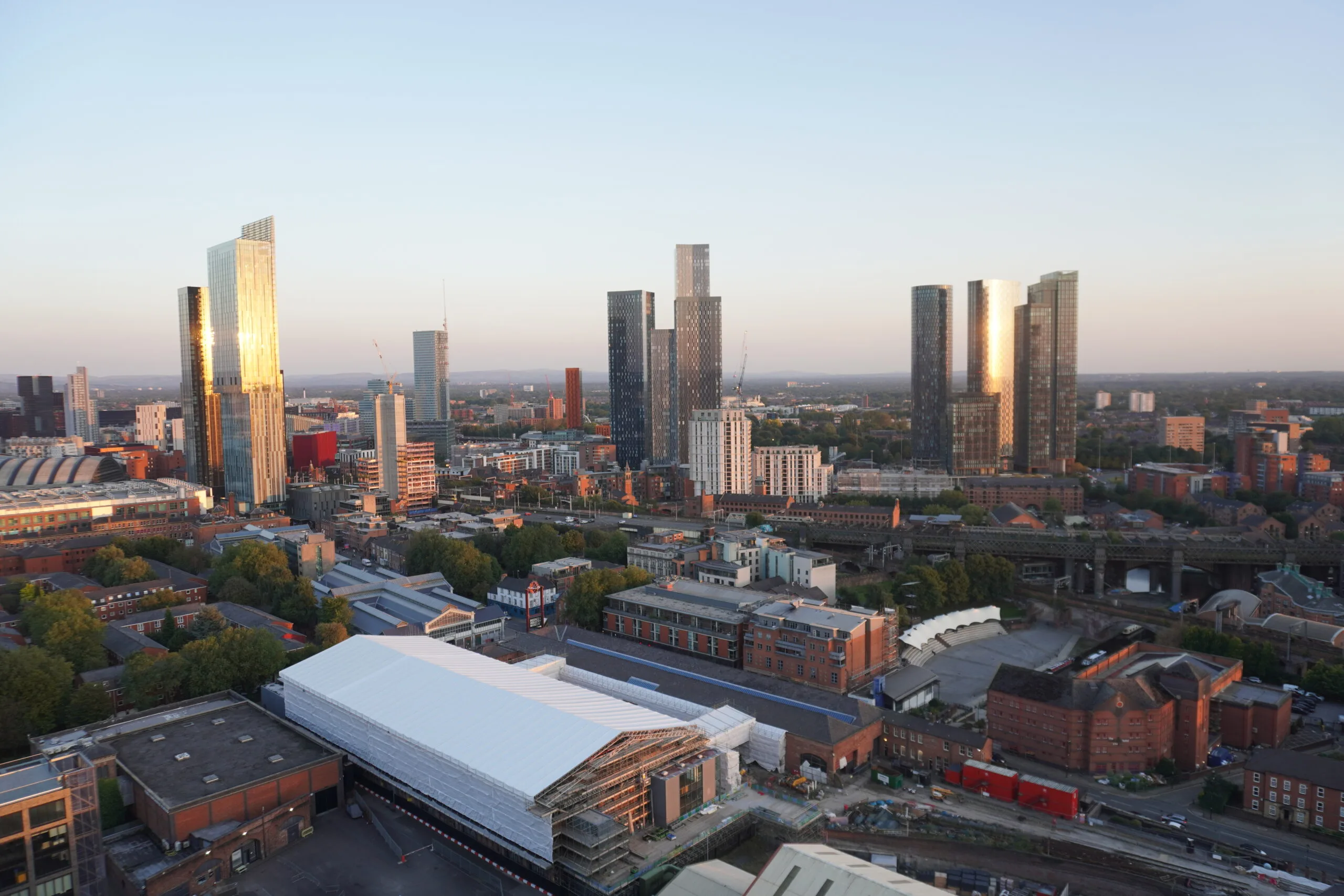The Bank of England has once again kept its base rate at the historically low level of 0.1%. But the decision could be set to change, and mortgage-holders need to be aware.
March 2020 was the first time the Bank of England base rate had been reduced to just 0.1% in history. The move was to ease pressure on the UK economy through the Covid-19 pandemic and keep borrowing costs low. In each meeting of the Monetary Policy Committee since then, the decision has been made to hold the base rate at this level.
The low base rate has kept mortgage rates at equally historic lows, although for savers there is little benefit to hoarding money in savings accounts at current rates. For the housing market, cheap borrowing has been an extra factor in stimulating transactions as well as house price rises for the past almost two years.
In recent days, amid rumours that the Bank of England would in fact raise the base rate, many lenders had begun slashing their cheapest rates. However, mortgage deals still remain extremely competitive, despite many speculating that the next meeting, in December, will finally see a new base rate imposed.
Homeowners and investors: lock in now before base rate rise
The end of the stamp duty holiday in September may have curbed the market slightly, according to some analyses. Yet housing activity and prices are still extremely strong, proving appetite for property investment has certainly not abated.
Lucian Cook, head of residential research at Savills, says property buyers should act now.
“While the best deals may now already be history, the decision not to raise interest rates will give homebuyers further opportunity to lock into the low interest rates that have given a booming housing market oxygen during the past 16 months,” he says.
“With the stimulus of a stamp duty holiday behind us, any rise would be expected to contribute to a slowing in price growth and activity over the next 12 months.”
Looking at buyer optimism, Dominic Agace, chief executive of Winkworth, comments: “The market has naturally cooled since the end of the stamp duty but with such a low base for mortgage rates and proposed small increase in interest rates, this hasn’t altered the outlook of buyers.”
What products are out there?
There are still plenty of sub-2% and even sub-1% mortgage deals out there. According to the latest data on Moneyfacts, the best two-year fixed rate remortgage with 60% LTV is currently just 0.88%. With 80% LTV, the rate rises to 1.09%. First-time buyers can also get great rates, with the best available now being 1.65% for a two-year fix at 90% LTV.
Buy-to-let rates also remain incredibly low. Landlords with a 35% deposit can secure a two-year fixed rate from as little as 0.99%. For those wanting to avoid any rate rises after future base rate increases, a 10-year fixed rate with 60% LTV currently stands at 2.09%.
Nathan Emerson, chief executive at Propertymark, adds: “It is only a matter of time before the base rate is increased, with many having expected that to come today.
“When it does, mortgage rates will inevitably increase, but it is important to keep things in perspective, as the cost of borrowing remains low when compared to historic levels.”









